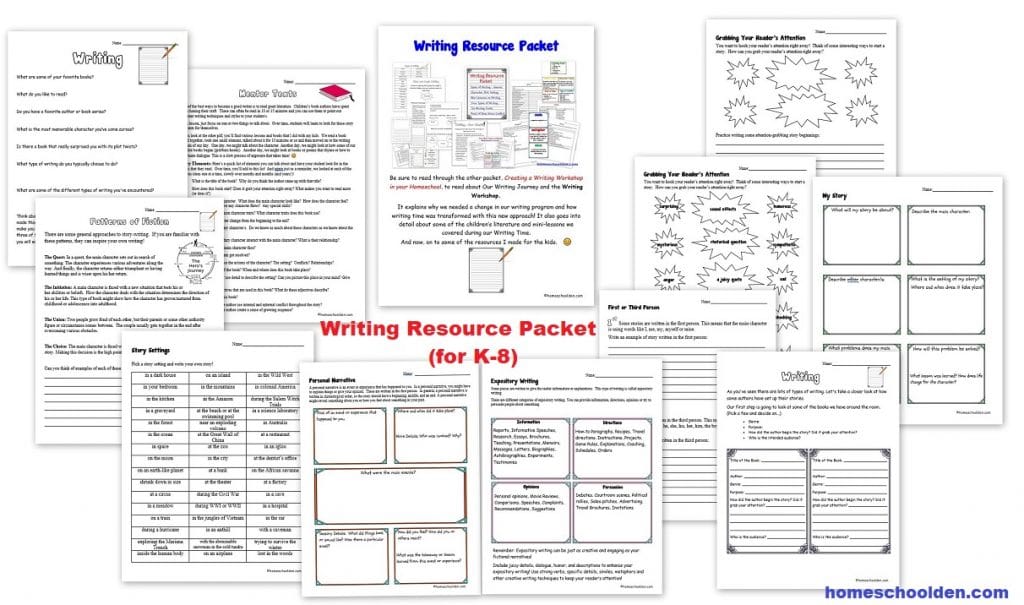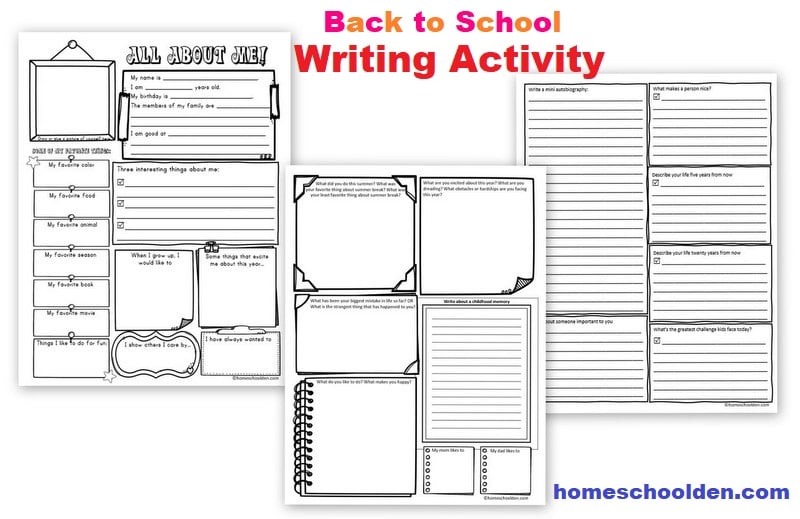Short Story Analysis Worksheets
As we start of this new school year we are diving deep into literary analysis! We have covered the basic literary terms like similes, metaphors, rhyme, alliteration, onomatopoeia and now we’re diving into some wonderful short stories!

What is Literary Analysis?
Literary analysis means taking a closer look at how the book was written. Books can teach us new skills, help us think about our own values or help us to escape from our own lives, if just for a moment.
We can use literary analysis skills to think about how the author wrote this book. What type of book did the author write? What techniques did the author use? What words did the author choose (and why?). By looking more closely at the devices authors use, we can improve our own writing.
Literary analysis can also help us to find deeper meaning in the text. The author might have hidden symbols and deeper levels of meaning than one first believes.
Younger kids often just do a quick “book report” (or talk about this orally with their parents), but older kids will need to become familiar with those terms. We started looking more closely at literary analysis terms ( metaphors, alliteration, satire, irony) when the kids were in elementary, but even in late middle school and early high school my kids needed regular review of the terms (and their meanings).
I made some book report templates for younger students and also shared our literary analysis worksheets in the Writing Resource BUNDLE. There are now 9 PDF packets included in the Writing Resource BUNDLE.
We often used quality children’s books to review these terms – even when the kids were in high school. Why? These books are written by talented authors!! Each book can be read (and analyzed!) in one sitting. And, there are lots of wonderful examples of similes, metaphors, alliteration, rhyme, onomatopoeia, and so forth in these books. My daughter spent about two weeks reading through various children’s books and filling out the book analysis for each book.

I shared both the Book Report Templates and Literary Analysis Worksheet Packet and the Short Story Analysis Packet in our Writing Resource BUNDLE earlier today.
Short Story Unit
Now that my daughter has a firm understanding of all the literary terms, she is going to read short stories that have more complicated plot lines, foreshadowing and use other techniques to build the characters and develop the story lines.
In this unit we are going into more depth about the type of conflict and looking more closely at the characters (is there a literary foil, for example).
I
As I said above, we spent time at the beginning of the year working through the literary analysis terms. So, she knows what to look for as she reads. As she reads, she will fill out the blank short story analysis page. She is also adding to the Type of Conflict page each time she reads a new short story.
You can find out more about the Writing Resource BUNDLE. There are now 9 PDF packets included in this BUNDLE including the new Book Report Templates and Literary Analysis Worksheet Packet and the Short Story Analysis Packet above.
This will come as a zipped file (so you may need to open it on your desktop or laptop). The zipped file will include 9 PDFs.
- 1 Writing Resource Packet
- 2 Writing Prompts & Writing Paper
- 3 Creating a Writing Workshop in Your Homeschool: Mini-Lessons & Book Ideas
- 4 Writing for your Older Kids
- 5 History Portfolio Projects
- 6 Writing – Back to School Writing Pages (my daughter really enjoyed these!)
- 7 Writing a Persuasive Essay
- 8 Book Review Templates and Literary Analysis Worksheets
- 9 Short Story Analysis and Story List
Writing Workshop and Writing Resource Packet BUNDLE
$4.99
Be sure to check your PayPal email address for the download link! If you have any trouble, feel free to email me! ~Liesl
More about what is included in the Writing Resource BUNDLE
Writing Resource Packet 1
The Writing Resource Packet includes dozens of mini-lesson writing ideas. Your elementary and middle school kids will go from creating fascinating characters, to developing plot twists, using descriptive language and more!
The Writing Resource Packet 1 includes materials on literary techniques like
- similes, metaphors,
- idioms,
- onomatopoeia,
- point of view, and
- new material on finding expressive words to replace those boring, overused words such as good, big, interesting, a lot, etc.
Writing Resource Packet 2
In the second pdf you’ll find many of the free materials you’ll find around the blog. It’s been compiled into one pdf to make it more convenient for you. This includes journal prompts, writing tips, writing paper, biography packet, and more.
Writing Resource Packet 3
The third pdf, Creating a Writing Workshop, explains why we started using a Writing Workshop in our homeschool and how that works on a daily basis.
While you can use the Writing Resources (in packets 1 & 2) with any homeschool writing program, I wanted to explain what a Writing Workshop entails and how this framework changed writing time from tears to excitement in our homeschool. 🙂
It includes some of the children’s books that we used as mentor texts, but of course, you can substitute in any children’s literature you have on hand! 🙂
Writing Resource Packet 3 includes mini-lessons and explains what we did on a day-to-day basis. It also has a list of many of the mini-lesson topics you may want to cover with your kids over the years.
Writing Resource Packet 4 & 5
The Writing Resource BUNDLE also includes some of the outside writing resources we have found helpful as well as more information about creating Portfolio Projects to enhance your history curriculum.
Back to School Writing Activities
Some fun writing pages to get the creative juices flowing. There is a page for younger students and a couple of pages for middle school/high school students. My daughter (14) had a lot of fun with this activity at the beginning of the year!
See you again soon here or over at our Homeschool Den Facebook Page! Don’t forget to Subscribe to our Homeschool Den Newsletter. You might also want to check out some of our resources pages above (such as our Science, Language Arts, or History Units Resource Pages) which have links to dozens of posts. You might want to join our free Homeschool Den Chat Facebook group. Don’t forget to check out Our Store as well.

The Welcome Series includes 5 packed emails… with tips on homeschooling, keeping motivated, finding various resources and freebies tucked away on the blog and more!
Plus, you’ll be the first to hear about new packets (generally offered at a discount when they are first released), seasonal resources and more!
Disclosure: Please note that some of the links in this post are affiliate links, and at no additional cost to you, I will earn a commission if you decide to make a purchase.




































































